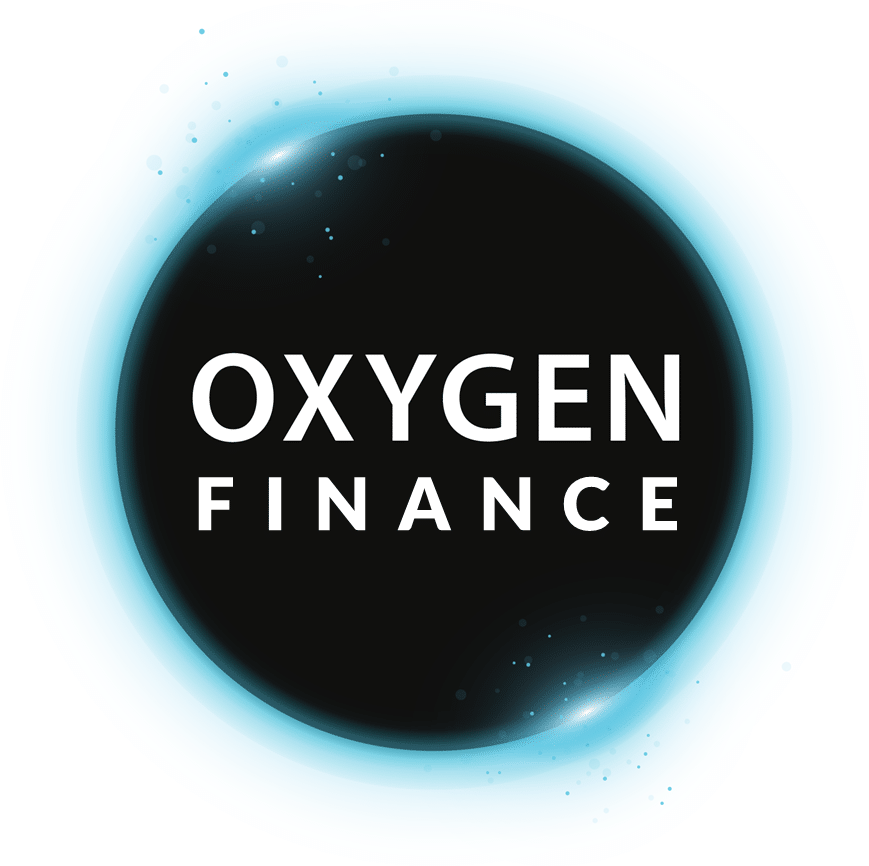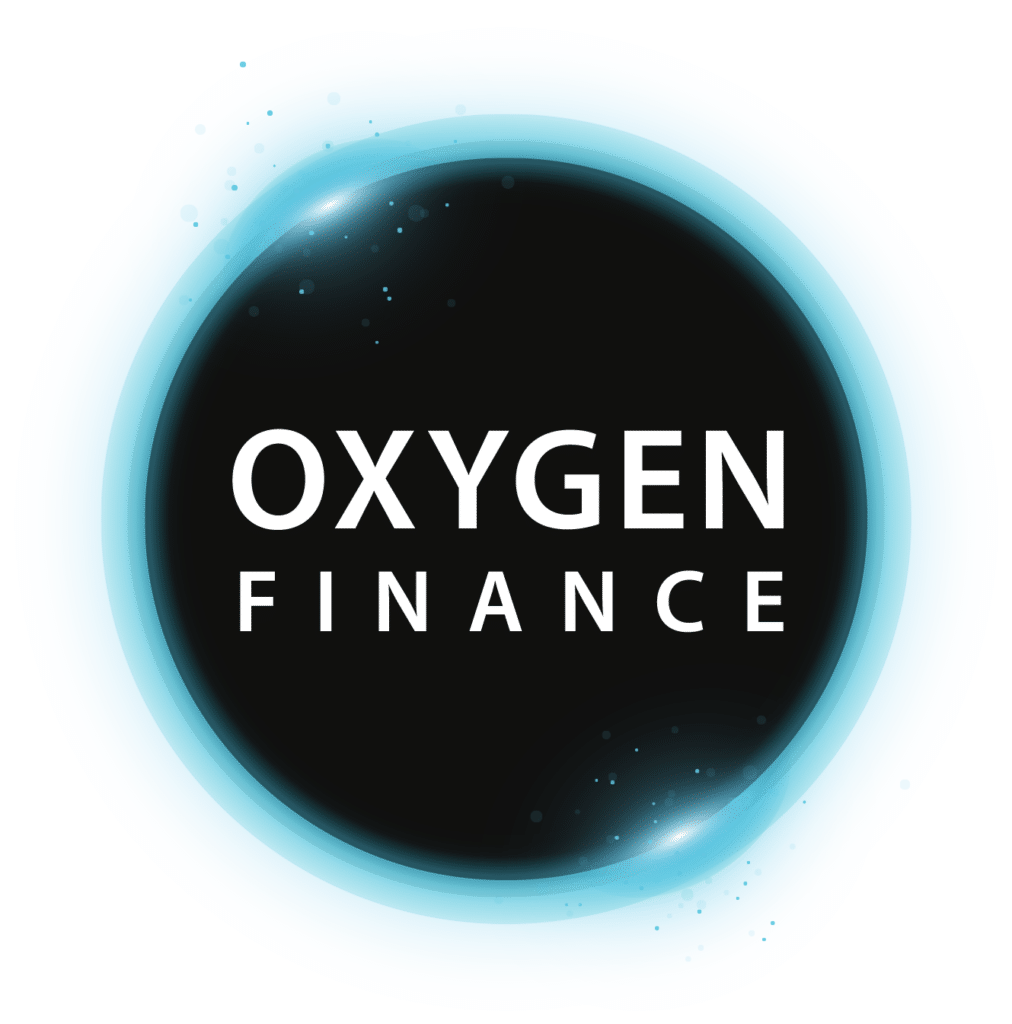Effective communication between public sector buyers and suppliers is key to achieving successful outcomes. However, misconceptions and barriers often hinder this vital relationship.
Chris Williamson from bidstats.uk spoke with Peter Lawton, Procurement Lead from South Tyneside Council, and Tony Round, Managing Director of work-winning consultants Maxim Growth, to address these challenges. The group discussed what they require from their counterparts and how to strengthen the important relationship between buyers and sellers. Here’s our summary of that discussion, the recording of which you can view in full here.
Understanding Local Authority Procurement’s Key Issues
It’s no secret that local authorities have been facing ongoing challenges, particularly with events like COVID and the cost-of-living crisis.
Peter Lawton highlighted the major challenges faced by local government procurement teams, focusing on the importance of following regulations and getting good value for money. He also highlighted the difficulties in delivering much-desired early engagement whilst struggling with resource constraints.
In addition, according to Peter, “one of the challenges we’ve got at the moment is around skills gap and staff retention. Nobody starts out with wanting a career in procurement.”
Challenges Faced by Supplier Bidding Teams
Notably, Tony Round expressed concerns about the sometimes minimal interaction between procurement teams and suppliers, emphasizing a perceived adversarial dynamic between certain buyers and suppliers.
Tony underscored the importance of clarity in scoring and specifications, adding that “a lack of willingness to engage is one of the challenges that we have.” Time constraints in tender responses were also highlighted as a significant hurdle.
Importance of Early Engagement and Preparation
Both Peter and Tony stressed the significance of early engagement between buyers and suppliers. Peter shared insights from an Innovation Day organised by South Tyneside Council. During the event, the procurement team presented four major challenges they needed assistance from the market to solve. This highlighted the advantages of collaboration in shaping specifications and service delivery when you are open about your problem definition.
Peter advised suppliers to not rely on “assumptions or past relationships” when submitting a competitive tender, and to keep providing comprehensive information during the bidding process.
Bringing the Best the Market Has To Offer
Another key aspect discussed was the role of innovation in procurement and problem-solving. Tony Round suggested that suppliers should use the opportunity to showcase new ideas and actively present innovative solutions to address buyer challenges.
Tony proposed hackathons and collaborative problem-solving sessions as opportunities to share new approaches, although noted that “there is an art and a science to this, not just in the public sector, but in the private sector as well.”
Early Engagement and Relationship Building
One recurring theme throughout the discussion was the importance of early engagement and relationship building between buyers and suppliers.
The group agreed that the best buyer-supplier relationships occur when both parties are willing to communicate, understand the problem, and work together to solve it. Peter echoed this sentiment, highlighting the value of relationships based on sound judgments and the sharing of experiences.
Clear Communication and Understanding
Clear communication emerged as a vital factor in successful procurement processes. Peter emphasised the significance of understanding buyer needs and requirements, stating, “it’s important to understand the role and the value that you can add.”
Tony echoed this sentiment, advocating for transparent communication between buyers and suppliers, and cautioning against repetitive information, a thought echoed by Peter who recommended that suppliers “tell us all that you can about your business… but try not to repeat the same points… you can’t keep getting awarded marks for repetitive information“.
Understanding the Problem Before Beginning Procurement
Before initiating the procurement process, it’s imperative to clearly define the problem at hand. There was some discussion whether the tender specification should contain a summary of the problem the buyer is trying to solve, as they should know the challenges they’re trying to overcome.
Tony echoed this sentiment, emphasising the need for pre-procurement exercises to ensure alignment between buyer expectations and supplier offerings.
The Impact of the Procurement Act and Changes in Procurement Practices
Recent changes in procurement legislation, such as the new Procurement Act 2023, are set to reshape procurement practices.
Peter discussed the implications of these changes: “The new Procurement Act will bring about significant shifts in buyer-supplier dynamics.”
Tony elaborates on the potential impact, emphasising the need for suppliers to adapt to evolving procurement processes to maintain effective engagement with buyers.
Leveraging Data for Informed Decisions
Data-driven decision-making is becoming increasingly vital in procurement activities and was touched on by both Peter and Tony.
Peter shared insights into how data is utilised at South Tyneside: “Data plays a critical role in informing procurement decisions, from sourcing strategies to risk management.”
Likewise, Tony underscored the importance of suppliers leveraging market intelligence: “Information is king in procurement”, noting that suppliers can utilise market insights, such as the public sector spend and pre-procurement intelligence provided by Oxygen Insights, to better engage with buyers and position themselves effectively.
Understanding Decision-Making Dynamics
The group emphasised the importance of grasping decision-making structures within procurement processes, with Chris noting that “Oxygen Insights often includes decision-maker details, eliminating the challenge of identifying the right person to engage with.” Indeed, understanding the hierarchy and key stakeholders can streamline communication and expedite decision-making.
Tony echoed this sentiment, highlighting the significance of efficient communication channels. He remarked, “efficient communication saves time for both suppliers and buyers, promoting better engagement and understanding.” Establishing clear lines of communication facilitates smoother interactions and fosters productive relationships between buyers and suppliers.
Demystifying the Procurement Process
Tony addressed common misconceptions surrounding the procurement process, particularly among small and medium-sized enterprises (SMEs). He stated, “many SMEs steer away from bidding due to fears of liability and resource intensiveness.”
To encourage SME engagement, Chris felt that local authorities must demystify the procurement process and be open to information sharing.
Overcoming Communication Barriers
One oft-mentioned concern of suppliers is the challenges of supplier-buyer communication, noting concerns over the exposure of Intellectual Property (IP) and other ‘know-how’ during clarification questions and meet-the-buyer events.
Peter offered a few approaches that would aid effective communication whilst protecting IP, suggesting that “follow-up emails or one-on-one meetings post-event can address concerns about IP exposure while fostering engagement.”
Ensuring Fairness and Transparency
Finally, the discussion turned to the objectivity of the tendering process itself. Tony, as you might expect, advocated for fairness in procurement practices, stating that, “transparency and open communication are crucial to ensure fairness and equal opportunities for suppliers.”
Tony closed the discussion by highlighted resources for addressing grievances, such as the Public Procurement Review Service, which provides a platform for suppliers to seek resolution if they feel a process has been unfair.
Ultimately, effective collaboration between public sector buyers and suppliers hinges on clear communication, early engagement, and mutual understanding.
By embracing transparency, fostering innovation, and leveraging data-driven insights, both parties can navigate procurement challenges successfully, bridging communication gaps and ultimately driving positive outcomes for us all.
Top 5 Takeaways for Public Sector Buyers
- Prioritise early engagement with suppliers. Use their specialist knowledge to shape specifications and enhance understanding.
- Foster transparent communication channels to clarify expectations and requirements.
- Embrace innovative solutions and problem-solving approaches presented by suppliers.
- Define procurement needs clearly before initiating the tender process.
- Leverage data-driven insights for informed decision-making and risk management.
Top 5 Takeaways for Public Sector Suppliers
- Initiate proactive communication with buyers to demonstrate value and expertise.
- Provide comprehensive information and innovative solutions during the bidding process.
- Avoid assumptions and rely on thorough research to align with buyer expectations.
- Engage in pre-procurement exercises to understand buyer needs and preferences, using data to spot opportunities early.
- Adapt to evolving procurement practices, leveraging market




